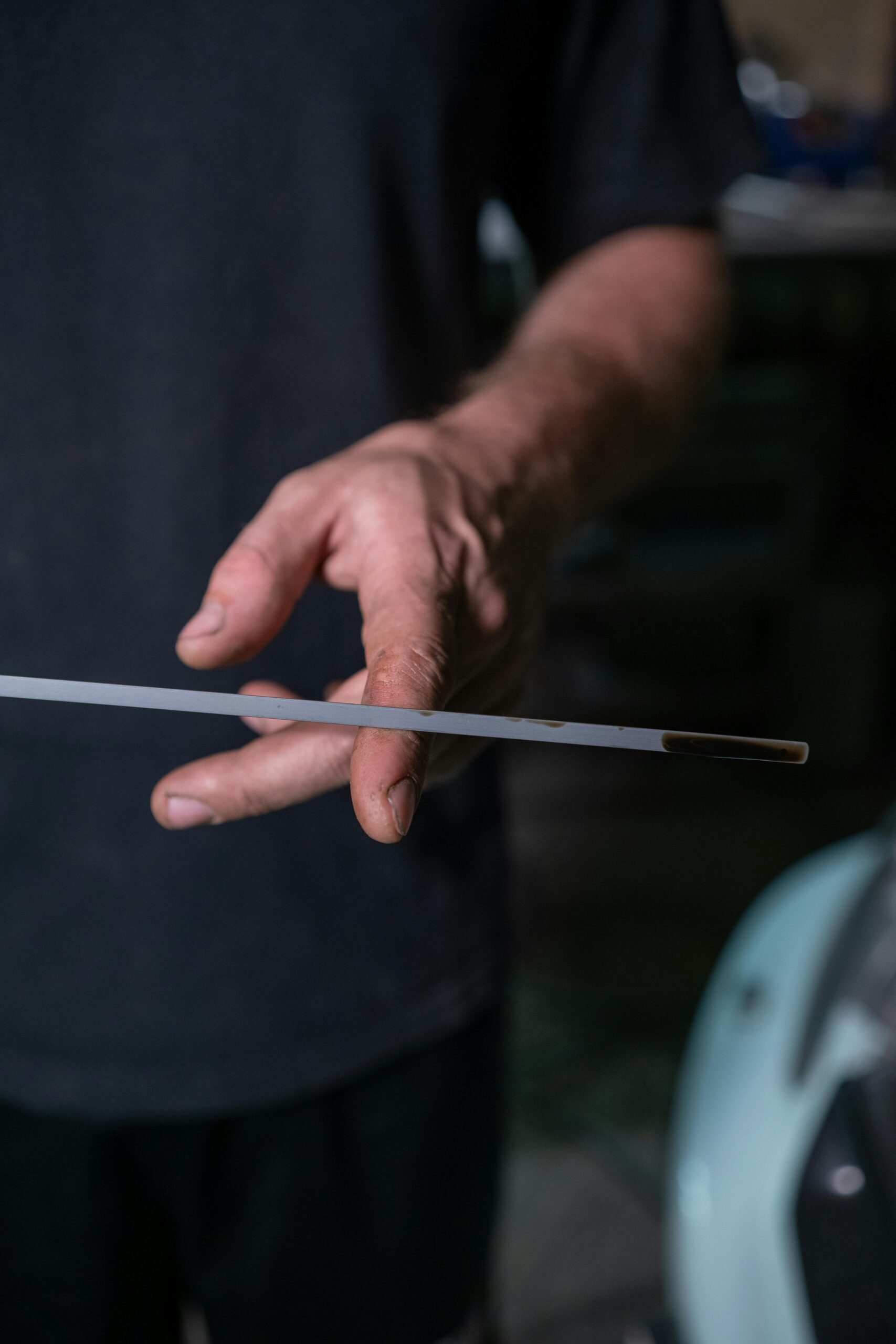Hello, fellow auto enthusiasts and curious readers! It’s your go-to mobile mechanic here at Anyplace Auto Repair, bringing you another tidbit of automotive wisdom straight from the road. Today, we’re diving into an interesting trend that’s leaving some of our toolboxes a tad lighter: the gradual disappearance of the trusty oil dipstick from newer cars.
Once a cornerstone of basic car maintenance, the oil dipstick has been a reliable tool for generations of drivers and mechanics alike. It’s been our go-to method for checking the lifeblood of our engines, ensuring everything runs smoothly and safely. But as technology advances, so does the design of our vehicles, leading to an era where the dipstick is becoming more of a memory than a necessity.

Why the Change?
Automakers are constantly seeking ways to streamline car design and improve user experience. One result of this innovation is the electronic oil monitor. Rather than manually checking oil levels with a dipstick, drivers can now rely on sophisticated sensors that monitor oil quality and level, displaying this information directly on the dashboard. The goal? To simplify maintenance for drivers and reduce the risk of incorrect oil level readings due to human error.
What This Means for You
For many, the shift to electronic monitoring systems represents a leap forward in convenience and efficiency. No more pulling over, popping the hood, and getting your hands dirty to check if it’s time for an oil top-up or change. Instead, a glance at your dashboard will tell you all you need to know, with alerts popping up when it’s time for maintenance.
However, for the DIY enthusiast or the traditionalist, this change can feel a bit disconcerting. The physical check of the oil provided not just a measure of the oil’s level but also its condition—something that’s harder to assess with an electronic system. It represented a hands-on connection to the car’s wellbeing, a ritual that bonded driver to machine. Also, keep in mind that it’s another electronic sensor that can go bad and have to be replaced.
Adjusting to the New Norm
Adapting to cars without oil dipsticks doesn’t have to be a daunting task. Here are a few tips to help you navigate this change:
- Trust but Verify: While electronic monitors are designed to be accurate, it’s still wise to be proactive about your vehicle’s maintenance. Keep an eye on service intervals and consider an annual check-up with your trusted mechanic to ensure everything is in tip-top shape.
- Embrace Technology: Learn how your vehicle’s monitoring system works. Familiarize yourself with the symbols and alerts it uses to communicate with you, ensuring you won’t miss important maintenance cues.
- Stay Informed: Keep abreast of your vehicle’s specific needs. Some modern cars might still have a dipstick for transmission fluid or other fluids, so knowing your way around your vehicle’s maintenance requirements is key.
Wrapping Up
The disappearance of oil dipsticks in newer cars is just one example of how automotive technology is evolving. At Anyplace Auto Repair, we’re here to help you keep pace with these changes, ensuring your ride remains safe, efficient, and enjoyable. Remember, whether it’s through a screen or under the hood, staying on top of your vehicle’s health is paramount. And if you ever need a helping hand, you know who to call—we’re always ready to bring top-notch auto repair services right to your doorstep. Happy driving, and here’s to embracing the new while honoring the old!


Leave a Reply